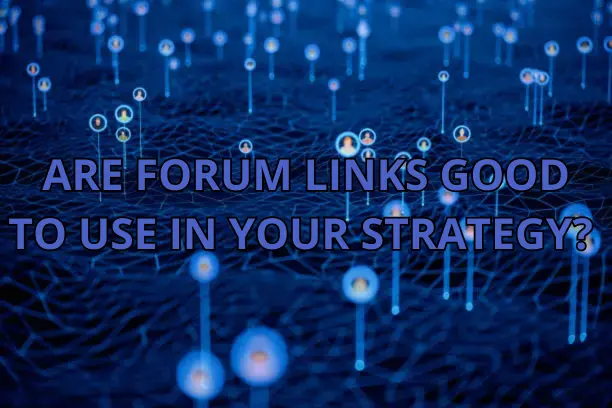Automation has been a topic of interest for businesses and marketers for several years now. It refers to the use of technology and software to automate repetitive or time-consuming tasks. The goal is to increase efficiency and productivity, reduce errors, and save time and money. Automation has many applications, including in the field of marketing.
Crowd marketing is a marketing strategy that involves leveraging the power of social media and online communities to promote a brand, product, or service. It relies on the participation of the crowd or the community to spread the word about a brand or product. It is an effective way to create buzz around a product, as people tend to trust recommendations from their peers.
With the rise of automation, the question arises: how does it affect crowd marketing? The answer is not straightforward, as it depends on the type of automation and the goals of the marketing campaign.
On the one hand, automation can be a powerful tool for crowd marketing. For example, it can be used to automate the process of identifying and engaging with influencers in a community. An influencer is someone who has a significant following in a particular niche or community and can influence their followers’ opinions and decisions. Identifying the right influencers and engaging with them can be a time-consuming process. However, with automation tools, marketers can quickly identify influencers based on their following, engagement rate, and other metrics. They can also automate the process of reaching out to them, tracking their response, and measuring the impact of their promotion.
Automation can also be used to create and distribute content in a community. For example, a brand can use automation tools to create social media posts, blog posts, and other content that is relevant to the community. By doing so, they can build their credibility and establish themselves as a thought leader in the community. They can also use automation to schedule the distribution of the content to reach the audience at the right time.
On the other hand, automation can also have a negative impact on crowd marketing. For example, if automation is used to create generic, mass-produced content that lacks authenticity, it can turn off the community members. Similarly, if automation is used to spam the community with promotional messages, it can damage the brand’s reputation and credibility.
Another potential negative impact of automation on crowd marketing is that it can reduce the human touch in the interaction between the brand and the community. People are more likely to engage with brands that they perceive as authentic and genuine. If all the interactions with the brand are automated, people may feel like they are talking to a robot and not a real person.
In conclusion, automation can have both positive and negative effects on crowd marketing. To make the most of automation, brands need to strike the right balance between using automation tools to increase efficiency and productivity and maintaining the human touch in their interactions with the community. They need to ensure that the content they create and distribute is authentic, relevant, and valuable to the community. By doing so, they can build trust, credibility, and loyalty with the community members and achieve their marketing goals.






